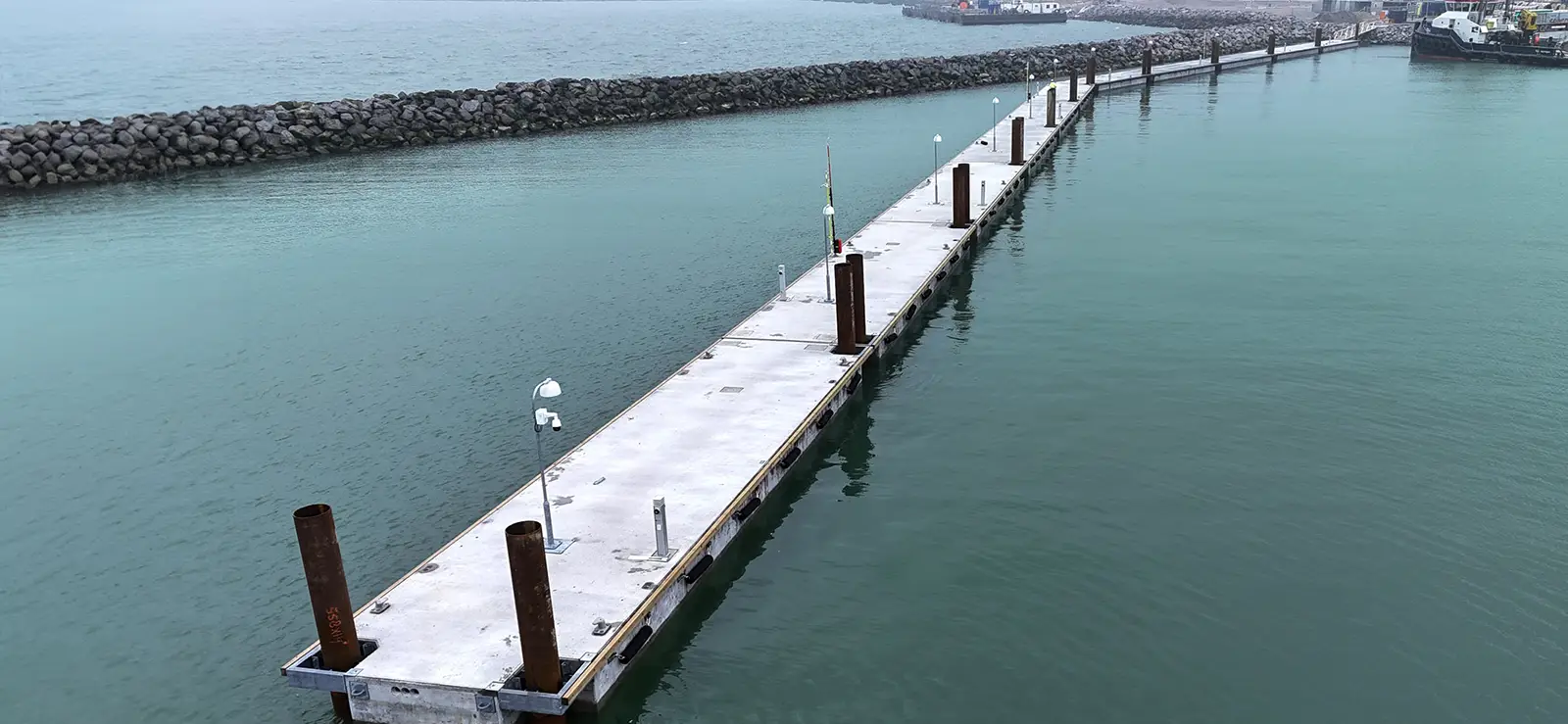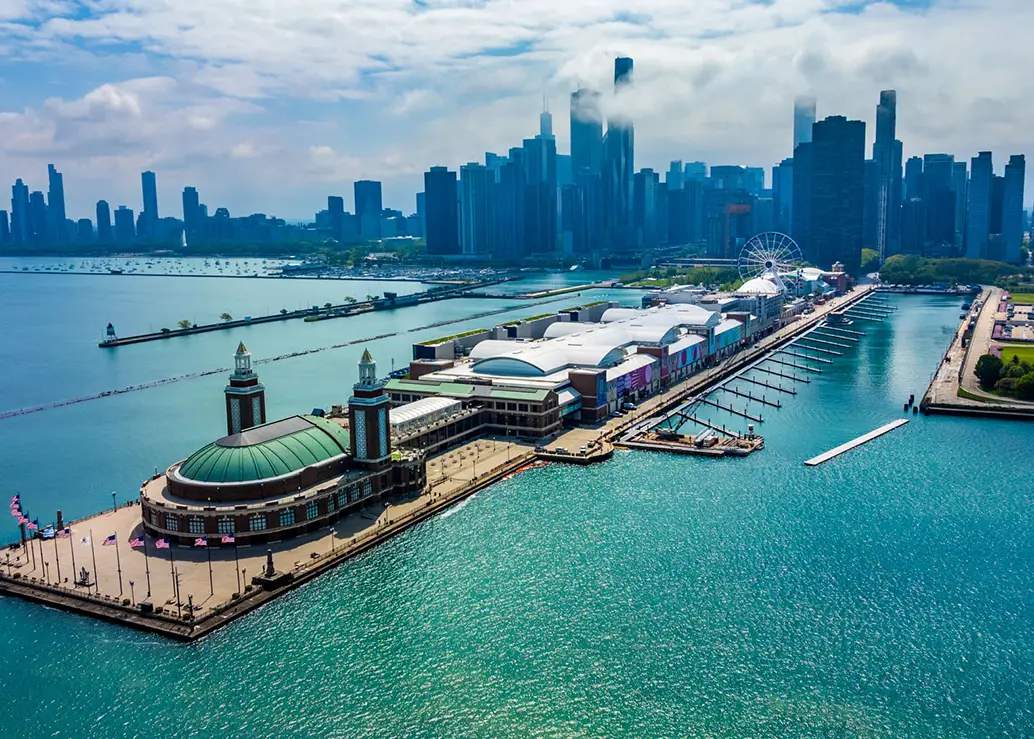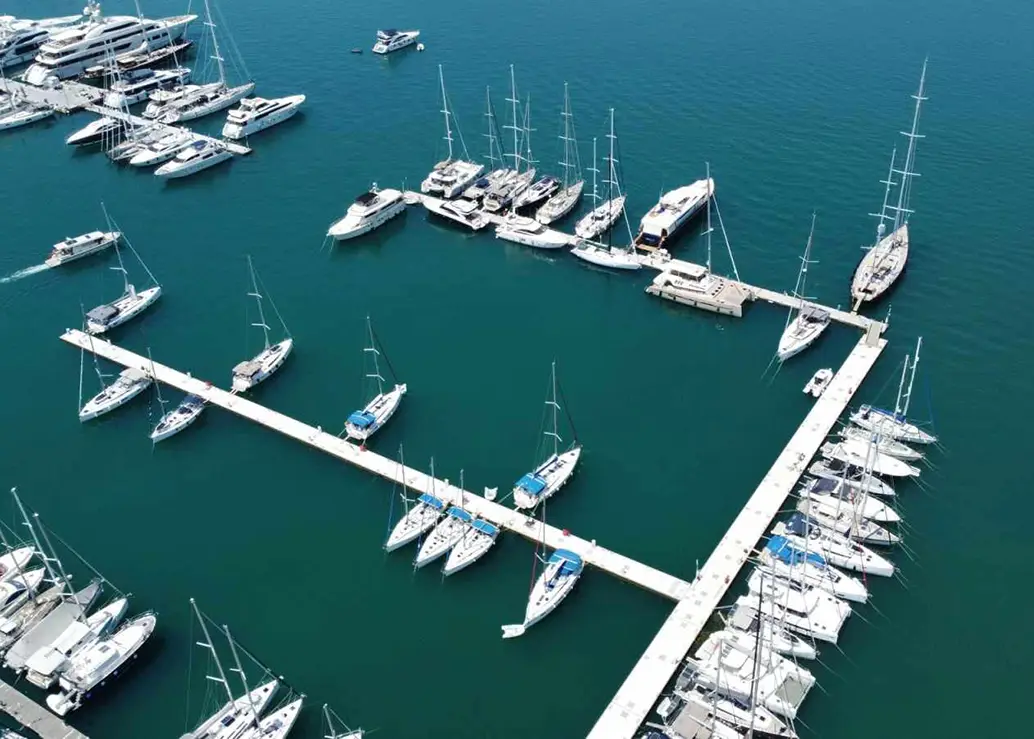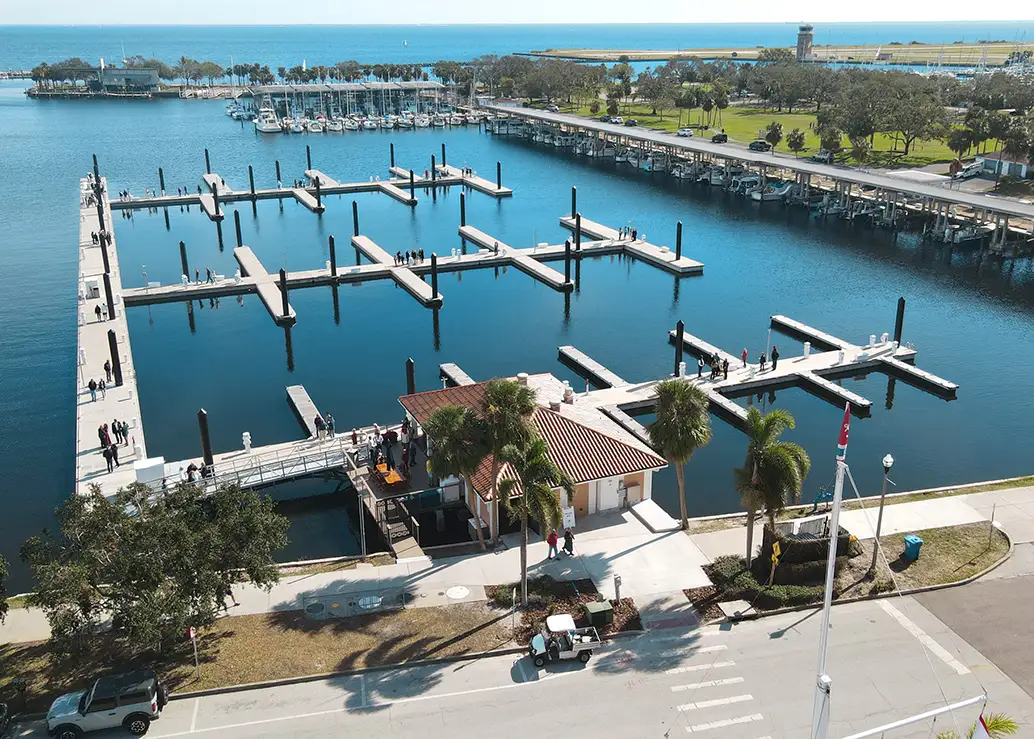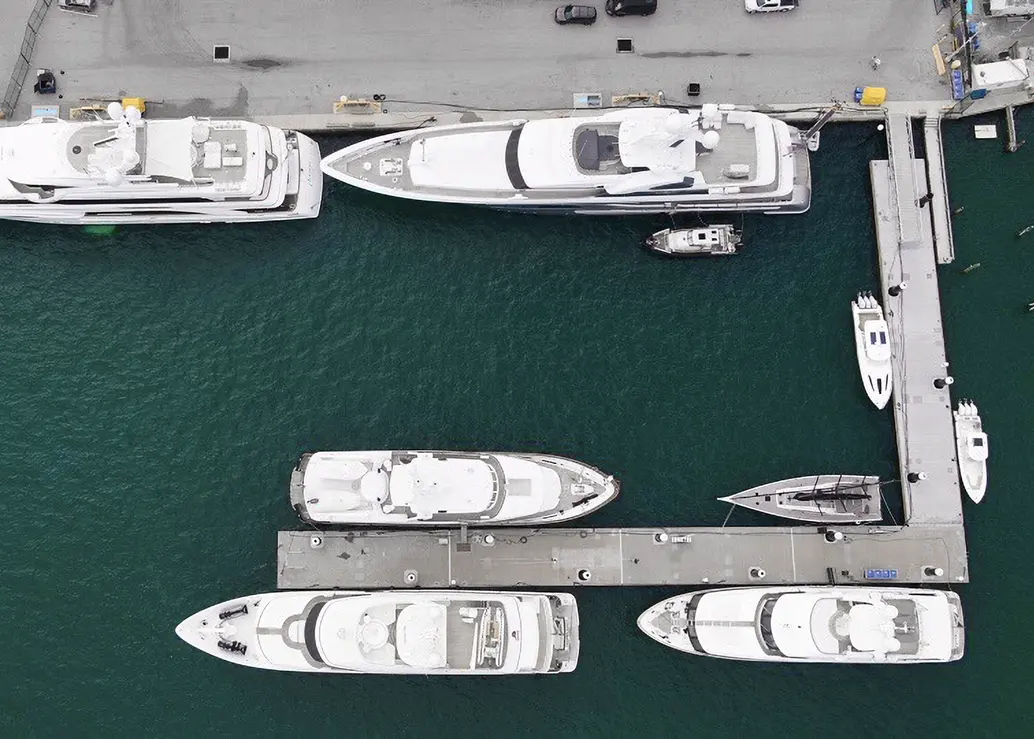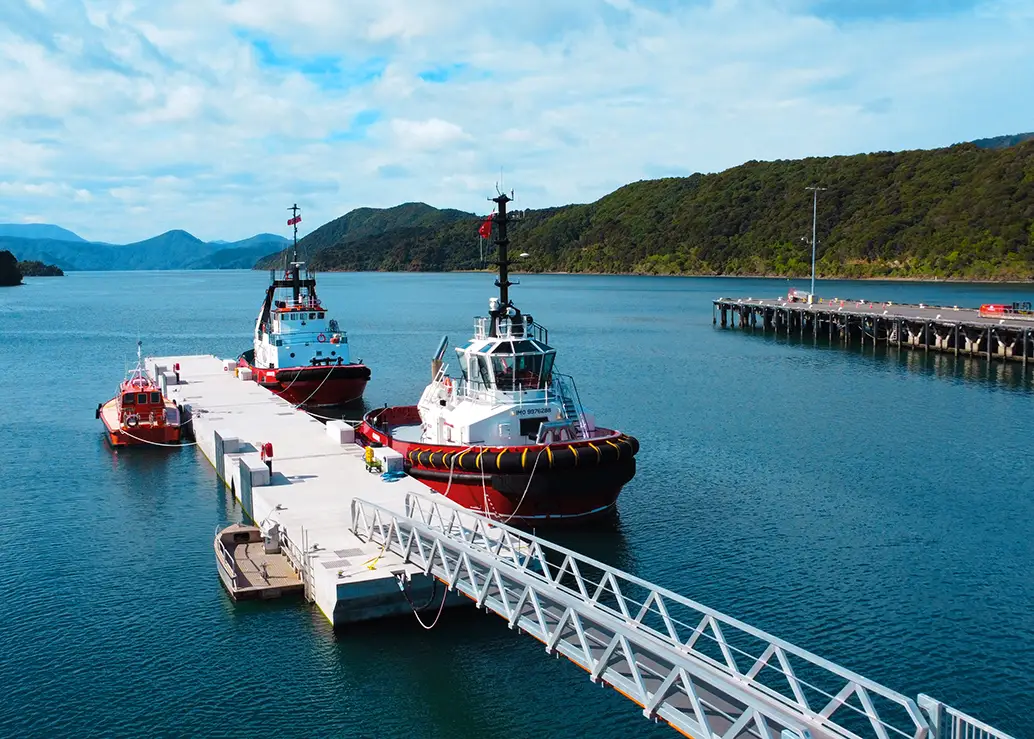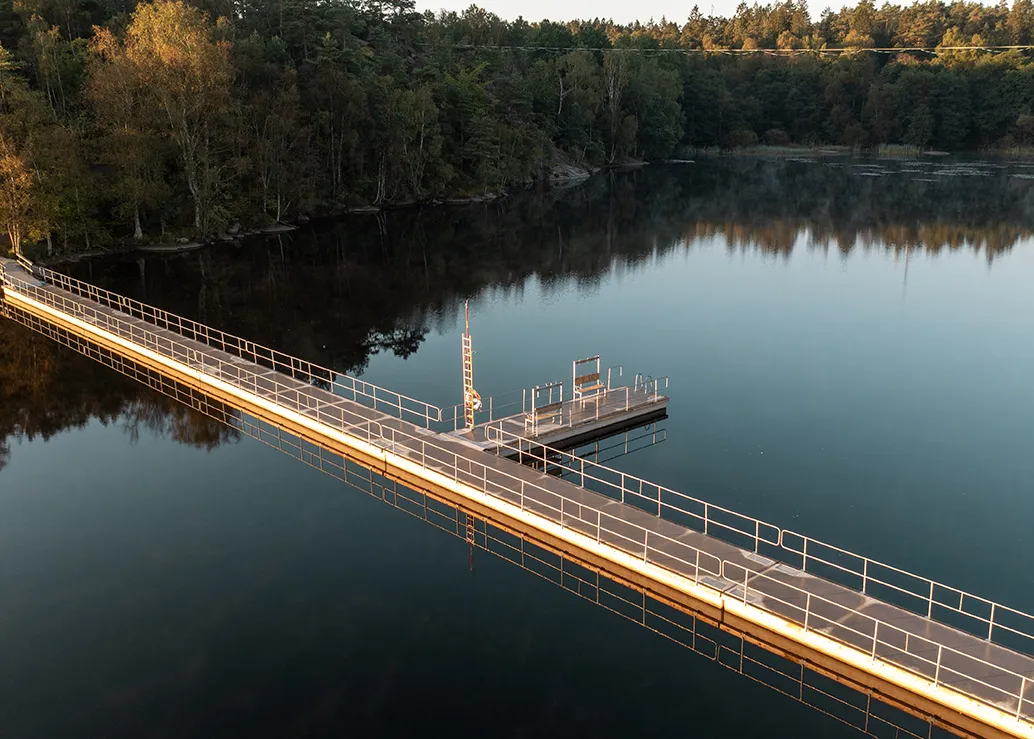THE WORLD’S BIGGEST IMMERSED TUBE TUNNEL
Ideas for a fixed link across the Fehmarn Belt between Denmark and Germany emerged in the 1990s as Sweden saw it as a natural extension of the Øresund bridge and tunnel between Sweden and Denmark. In 2008, Denmark and Germany reached an interim agreement to replace the intensively used ferry service between Rødby and Puttgarden with a fixed link. Initially conceived as a bridge, the project was later remodelled into an immersed concrete tunnel. A total of 79 standard elements, 217 metres long and weighing 73,500 tonnes, will be produced at a factory in Rødbyhavn, then towed out, lowered to the seabed, and coupled together to form a tunnel 18 kilometres long – five times the length of the Öresund tunnel, currently the world’s longest immersed tunnel. Construction began in 2020 and is expected to be completed in 2029. The new tunnel will reduce travel time from the ferry’s 45 minutes (excluding waiting and boarding time!) to just ten minutes by car and seven minutes by train.
Femern A/S is a Danish state-owned company responsible for planning, building and operating the fixed link across the Fehmarn Belt. In 2024, in partnership with SF Marina, Femern A/S initiated a project to add a 215-metre pontoon pier for the project’s tugboats. The pier consists of ten 20 x 10-metre floating concrete pontoons and a 15-metre centre section with a 28° angled end, allowing the array to gently angle away from the stone breakwater for double-sided docking. The pontoons are securely anchored with internal corner pile guides, maintaining a one-metre freeboard. Ample tie-up locations are provided by 21 aluminium bull bollards. Worker safety is ensured with eight rescue ladders and three ring buoy/fire extinguisher pedestals. The concrete pontoons were designed and constructed by SF Marina in Wallhamn, Sweden, and transported to the site by truck.

